A Wining Cost Estimate
That Helps You To Win More Painting Projects
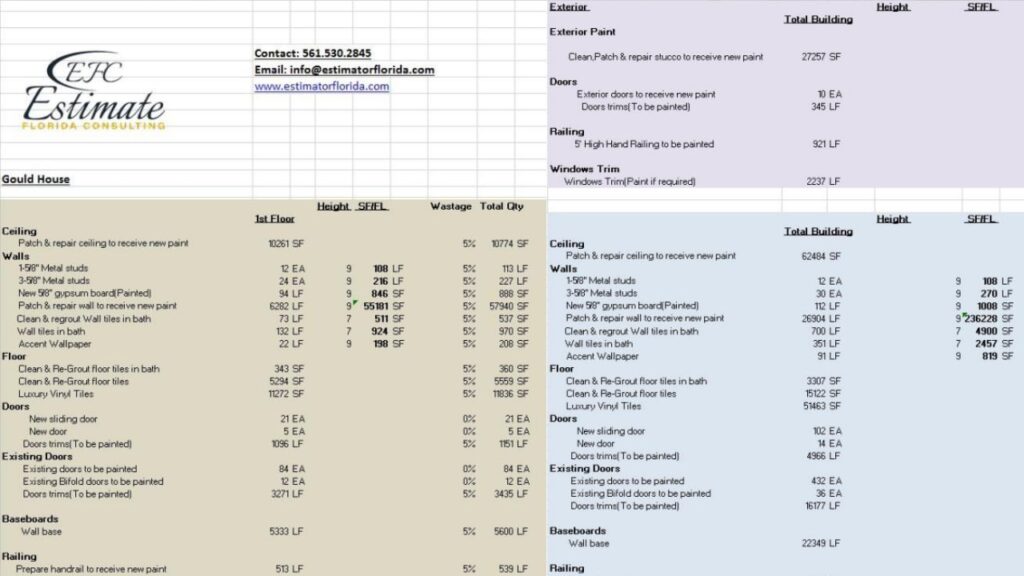
To estimate the cost of painting commercial spaces, you need to consider several factors. Size of the space, condition of the space, type and quality of paint, complexity of the project, and accessibility of the space are the primary factors that affect the cost of commercial painting. These sub-sections will provide you with insight into how each factor affects the overall cost of the project.
When it comes to painting commercial spaces, the area size is critical. Larger spaces mean more labour, materials and time – which can cost more. Smaller spaces could require intricate work, like trim or moulding, driving up the price.
Using tools like Semantic NLP can help painting pros estimate costs for large spaces by analysing data from previous projects. Knowing the right kind of paint to use is also key – different types work for different spaces, but some brands and finishes are pricier. Also, surface preparation can add to the cost – evaluate how much repair or prep is needed before starting any painting. And, Angie’s List suggests pros make your paintwork last longer and save money in the long run.
In conclusion, estimating cost involves:
Looks like the previous tenants were into abstract art – that could cost extra to cover up.
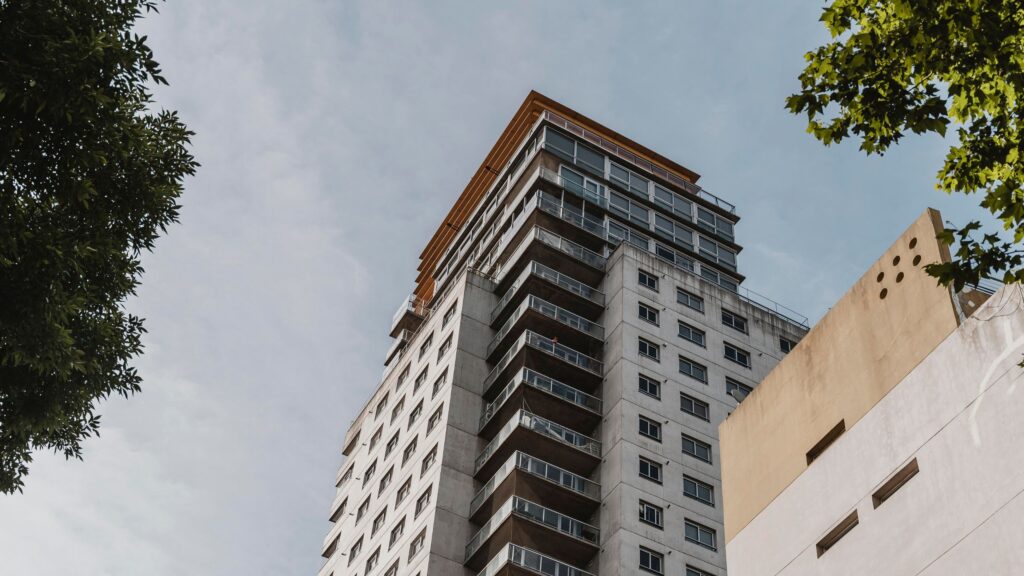
The state of an area undergoing commercial painting plays a key role in determining the cost. Structures with wall interruptions, like ceilings, partitions, and moldings, need more intensive work. This extra preparation can drive costs up significantly. The complexity of surfaces also impacts the overall price. Walls with peeling paint or water damage will require additional prep before painting. This affects labour and material requirements, which can raise or lower costs.
Moreover, a busy workspace may require extra measures to protect existing equipment and furniture from damage. This increases labor hours required for the job. In contrast, newly built commercial spaces don’t usually require thorough cleaning solutions.
It’s important to remember that different commercial painters offer various pricing structures. These may reflect unique aspects such as experience level and standard warranties at completion. Matt Canonaco from Painting Business ProSource states: “Most commercial painters price their jobs based on rates per square foot, including materials.” Good paint isn’t cheap. Cheap paint isn’t good. Either way, your wallet will feel the brushstrokes.

When considering paint for commercial spaces, there are several cost-impacting factors. Paint choice affects the project’s longevity and aesthetic appeal. The table below outlines different paint types and their prices per gallon.
Type of Paint | Price Range per Gallon |
|---|---|
Flat | $10-$30 |
Eggshell | $20-$40 |
Semi-gloss | $25-$50 |
High-gloss | $30-$60 |
These prices can affect the project’s cost. Color options and coatings or treatments might add to the expense. Careful consideration should be taken into account when selecting paint. Investing in high-quality materials may seem costly, but could save money in the long-run. Don’t miss out on this opportunity to invest wisely and upgrade the look of your commercial building with premium grade paints! Attempting to paint a straight line while on a unicycle is a much wilder task than choosing the right paint for a commercial space.
The intricacy of a commercial painting project is key to its cost. It depends on several factors which are explained in the following table:
Factors | Explanation |
|---|---|
Surface Area | More paint and labor are required for larger surfaces |
Height | Multi-story buildings require specialized equipment |
Depth | Deep piercings and textured surfaces take longer to paint |
Accessibility | Difficult spots need special gear for painting |
Paint Type | Specialty paints cost more |
Location and environment must also be considered. For instance, if there are AC units or piping systems nearby, this adds to the expenses. My experience as a commercial painter taught me the importance of evaluating every detail before starting any project. Cost of paint isn’t the only issue. We even needed to hire a contortionist to reach those hard-to-reach spots in tight commercial spaces.
Painting commercial spaces can be expensive, so it’s important to consider the accessibility of the space when budgeting. Narrow hallways and small doors affect a project’s success. When spaces are accessible, painters can move their tools and materials around easily. This means they can reach all surfaces without trouble.
But, if there are high ceilings or small doorways, more time and effort must be spent to get the job done. Plus, if the hallway or stairs are too narrow for equipment, contractors will need to make changes before starting – and this can add to the cost.
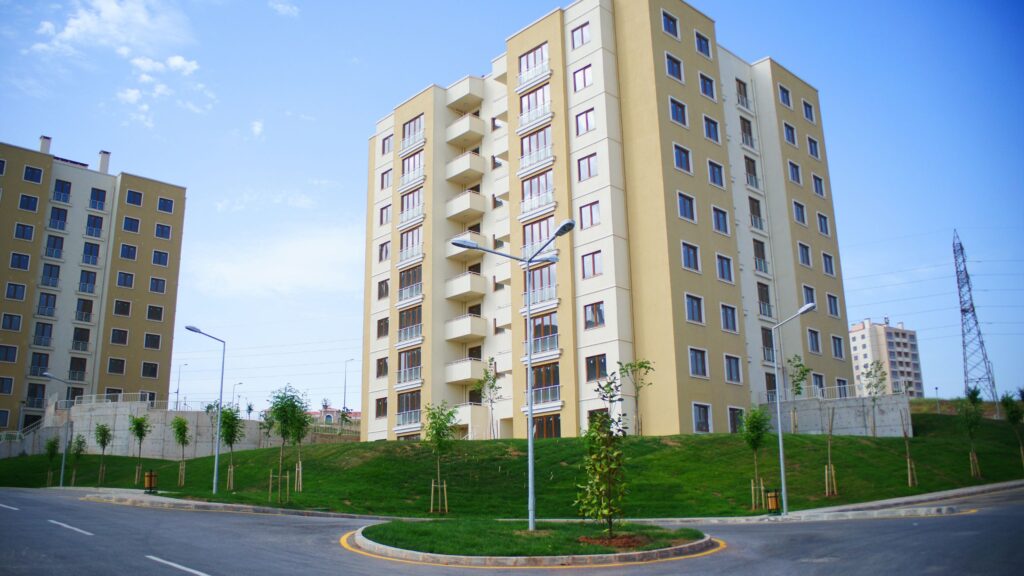
To avoid extra costs, make sure hallways are wide enough and doorways are broad enough. This will save time and money, making your painting project easier and more cost-effective.
To estimate the cost of painting commercial spaces effectively, you need to consider various factors. In order to do that, you have to start with calculating the square footage. Then, you have to determine the paint and material costs, factor in labor costs, and account for additional expenses. Finally, you will be able to provide quotes and proposals to clients.
When it comes to estimating the cost of painting commercial spaces, it is key to calculate the area that needs painting correctly. ‘Assessing the Surface Area’ is fundamental in getting an exact quote for a commercial painting job. Here’s a 4-step guide for ‘Calculating the Square Footage’:
Unique features such as high ceilings, trim, and textured surfaces should be noted when assessing surface area. These may require more time and effort, leading to higher estimates.
Believe it or not, accurate calculations have always been necessary when it comes to painting estimates – even in ancient times! Artisans would measure surfaces before applying paints made from natural materials.
It’s time to open your wallet! This section will show you the costs you’ll be facing for your commercial space makeover.

Figuring out the cost of painting a commercial space requires evaluating the expenses for paint and materials. This cost can vary based on factors such as the type of paint needed, the size of the space being painted, and extra equipment.
Here is a table to give you an idea of the typical material costs for painting commercial spaces:
Paint Type | Cost per Gallon |
|---|---|
Flat/Matte | $20 – $100 |
Eggshell/Satin | $25 – $150 |
Semi-Gloss/Glossy | $30 – $200+ |
Primer (if needed) | $15 – $40 per gallon |
These prices can vary based on location and other factors. It’s best to get a precise cost by consulting with a painting contractor.
In addition to paint type and cost, prep work can add extra expenses. For example, sanding down rough patches or applying primer. Masking and protecting surfaces may also be factored in.
Tracing back to early civilizations, humans used natural materials such as bones, stones, wood, or clay for painting. Nowadays there are many types of paint to cater to specific requirements in commercial spaces. Therefore, determining material costs is more complex and needs expertise.
Painters may get paid by the hour, but they’ll make you pay by the wall.
Labor is a major factor when estimating the total cost of painting commercial spaces. It is vital to consider the cost of both skilled and unskilled labor. This table shows the costs associated with each type:
Labor Type | Cost per Hour |
|---|---|
Skilled Labor | $40 |
Unskilled | $25 |
It is essential to include not only the cost per hour, but also the time taken to complete the project. This will ensure a precise estimate. Variables like overtime pay, holiday rates, and bonuses for employees should also be taken into account.
In addition, labor costs have increased over time due to inflation, increasing demand, and competitive wages from other industries. So, keeping up-to-date with current market rates is critical.
In the end, factoring in labor costs accurately when estimating total expenses for commercial space painting helps guarantee a precise project budget. And, don’t forget about the extra expenses like replacing all the plants the painters trampled!
Calculating the cost of painting commercial spaces? Don’t forget to factor in more than just the basics! Consider these additional expenses:
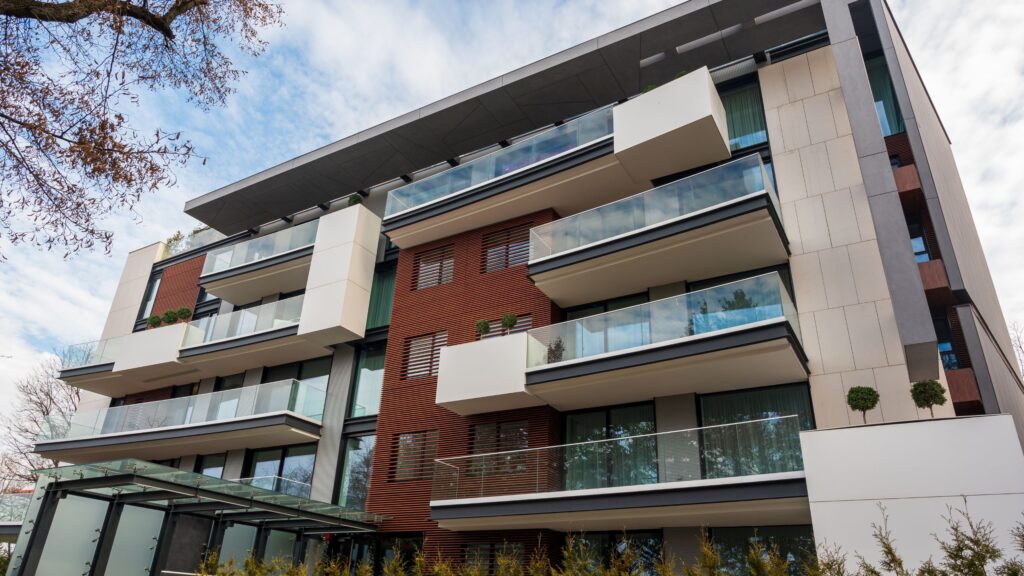
Allow for a contingency fund, too. Market demand and supply shortages can affect price – better plan for it!
For successful painting projects, plan carefully and budget wisely. Don’t overlook additional expenses. Account for them to prevent financial surprises down the line. Then you can paint the town red – with accurate quotes and proposals!
When working with potential clients, it’s important to understand the costs of painting commercial spaces. To find out this cost, you need to know the materials and labor needed. Making proposals that show these components in an organised way will help clients realise what they’re paying for and build trust in your business.
Break down each item in the proposal, such as paint and supplies, labor hours, equipment usage, permits, parking fees etc. This breakdown will show clients that you’ve made the quote specifically for their needs.
Include pictures or sketches of the areas that will be worked on. This will make it easier for clients to see what needs to be done and will list specifics, such as type of primer and wall colour.
Show clients that you’re reliable by being transparent throughout the process. Provide detailed proposals and overhead reports and you’ll win contracts across industries.
Remember: two years ago, when dealing with one client, we detailed everything down to the decimal points. This saved us money on over-pricing materials and our hours spent on the job. Before hiring a painting contractor, make sure they won’t leave your walls looking like a Jackson Pollock masterpiece.

To ensure a successful experience when hiring a painting contractor for your commercial space, you need to be diligent in your considerations. Checking for credentials and insurance, evaluating the contractor’s reputation and experience, reviewing the contract and payment terms, communicating expectations and guidelines, and planning for the project timeline and completion are all essential sub-sections that will be covered.
When employing a painting contractor, it is crucial to make certain their qualifications and coverage are up-to-date. Here are 6 points to consider:
Be wary of contractors offering super low prices or requesting upfront payment. Always go with trustworthy contractors with a proven track record.
It is also worth noting that according to IBISWorld, the painting industry produces roughly $40 billion in yearly revenue. Practical experience is the best teacher, but a painting contractor with an excellent repute is a close second.
Maximize your Painting business’s potential with our competitive financing options

To guarantee the best painting job, it’s key to look into a contractor’s fame and experience.
Checking the contractor’s work morals and beliefs is also important in finding the right one.
A cautionary tale is about a person who got a painting contractor without researching them. The result was low quality and needed more money to be fixed. To evade this, you’ll save money, time, and stress in the long run.
Keep in mind, a good contract is like a good painting – both need careful attention and willingness to fix any shortcomings.
When you employ a painting contractor, it is essential to inspect their contract and payment policies thoroughly. Here are three key points to remember:
Consideration | Description |
|---|---|
Contract Details | Check the extent of work, timeline, materials used and warranty provided. |
Payment Terms | Observe details on payment schedules, deposit amounts and payment options. |
Cancellation Policies | Find out what happens if either side needs to cancel or delay the project. |
Apart from these considerations, make sure to clear up any queries you have when reading the contract. Clarity is key to avoiding disputes in the future.
Surprisingly, the most common consumer complaints received by state attorney general offices is related to disputes between homeowners and contractors. It is thus essential to be diligent when studying contracts before signing.
Keeping communication open is the best way to ensure that your walls get the perfect paint job!
Interacting with your painting contractor is a must. Being clear when it comes to the plan and expectations is very important.
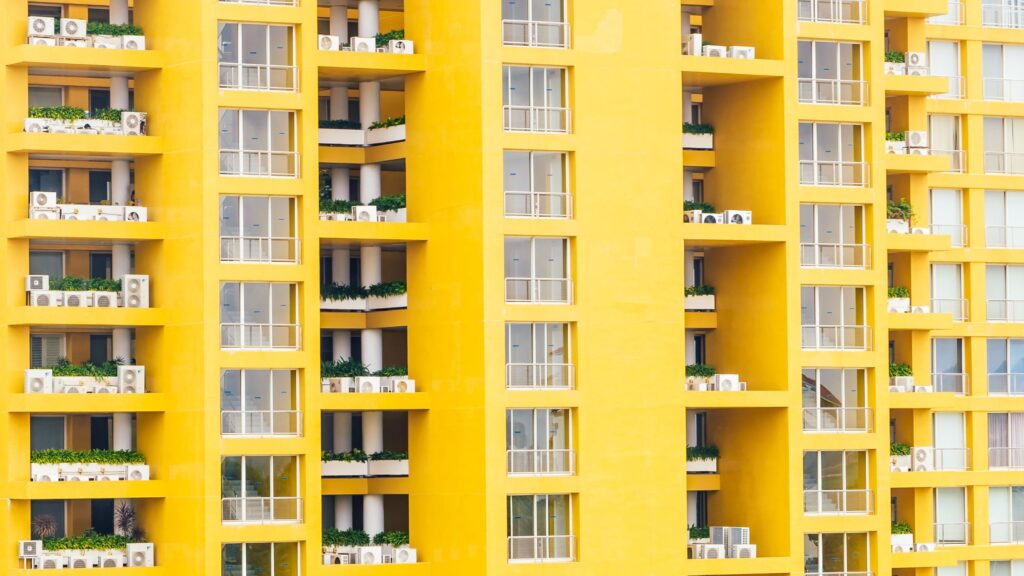
It’s crucial to plan for a painting contractor project timeline and completion. Here are the steps to take:
Safety and cleanup should also be taken into account. To avoid disasters, prep and plan ahead! A friend of mine had issues with chipping paint due to inadequate prep – it’s essential to do it right from the start.
Some important factors to consider when estimating the cost of painting a commercial space include the size of the space, the type of paint to be used, the condition of the surfaces to be painted, the level of prep work required, the number of colors to be used, and any specialized painting techniques or finishes needed.
Hiring a professional painter for commercial painting projects is important because they have the expertise, tools, and equipment needed to complete the job efficiently and effectively. They also have experience working with commercial spaces and can offer suggestions and advice to ensure the project meets your specific needs and requirements.
To ensure you are getting an accurate painting estimate, it is important to provide detailed information about your project to the painter. This includes the square footage of the space, the number of rooms to be painted, the type of paint you want to use, and any special requirements or considerations. You should also ask the painter for a detailed breakdown of the costs involved in the project.
When choosing a paint color for your commercial space, you should consider the type of business you have, the atmosphere you want to create, and the preferences of your clients or customers. Neutral colors such as beige, gray, or white are often a safe choice for commercial spaces, but you can also choose bold or bright-colored accents to add personality and interest.
The amount of time it takes to paint a commercial space will depend on the size of the space, the level of prep work required, and the number of painters working on the job. A small space with minimal prep work may take only a few days to complete, while a larger space with extensive prep work may take several weeks to finish.
To prepare your commercial space for painting, you should remove all furniture and accessories from the space, clean the surfaces to be painted, and fill any holes or cracks in the walls. You may also need to cover or protect any flooring or fixtures that cannot be moved. If you are unsure of what needs to be done to prepare your space for painting, consult with your professional painter for guidance.
Here I am going to share some steps to get your painting construction cost estimate report.
You can send us your plan on info@estimatorflorida.com
Before starting your project, we send you a quote for your service. That quote will have detailed information about your project. Here you will get information about the size, difficulty, complexity and bid date when determining pricing.
We do painting construction cost estimating and prepare a detailed report for your project. At last, you finalize the report and finish the project.
561-530-2845
info@estimatorflorida.com
Address
5245 Wiles Rd Apt 3-102 St. Pete Beach, FL 33073 United States
561-530-2845
info@estimatorflorida.com
Address
5245 Wiles Rd Apt 3-102 St. Pete Beach, FL 33073 United States
All copyright © Reserved | Designed By V Marketing Media | Disclaimer
IMPORTANT: Make sure the email and cell phone number you enter are correct. We will email and text you a link to get started.
By clicking “I Agree” above you give Estimate Florida Consultin express written consent to deliver or cause to be delivered calls and messages to you by email, telephone, pre-recorded message, autodialer, and text. Message and data rates may apply. You are able to opt-out at any time. You can text STOP to cancel future text messages.